Most European rivers will not achieve good ecological status by 2027 (Living rivers Europe Coalition)
Living River Europe coalition including WWF and EEB and ERN present a preliminary assessment of river basin management plans
Under the title “THE FINAL SPRINT FOR EUROPE’S RIVERS” and “NGO ANALYSIS OF 2022- 2027 DRAFT RIVER BASIN MANAGEMENT PLANS”, WWF, EEB and other partners of the Living Rivers Coalition have presented a first analysis of the draft river basin management plans shortly before the end of the official public participation under the Water Framework Directive.
According to this analysis, 11 of the 13 river basins considered will not meet the WFD objectives by 2027. In almost half of the cases, the indicators examined on pollution, continuity, high and low water management, agriculture, hydropower, coal mining and renaturation measures were found to be largely insufficient. In addition to insufficient funding, the report cites the persistent lack of policy integration in areas such as agriculture, energy and infrastructure, as well as the frequent use of exemptions as the main reasons.
The report is available on the EEB website:
https://eeb.org/library/the-final-sprint-for-europes-river-report/
The WWF / Living Rivers Coalition press release can be found here:
https://www.wwf.eu/?uNewsID=3697866
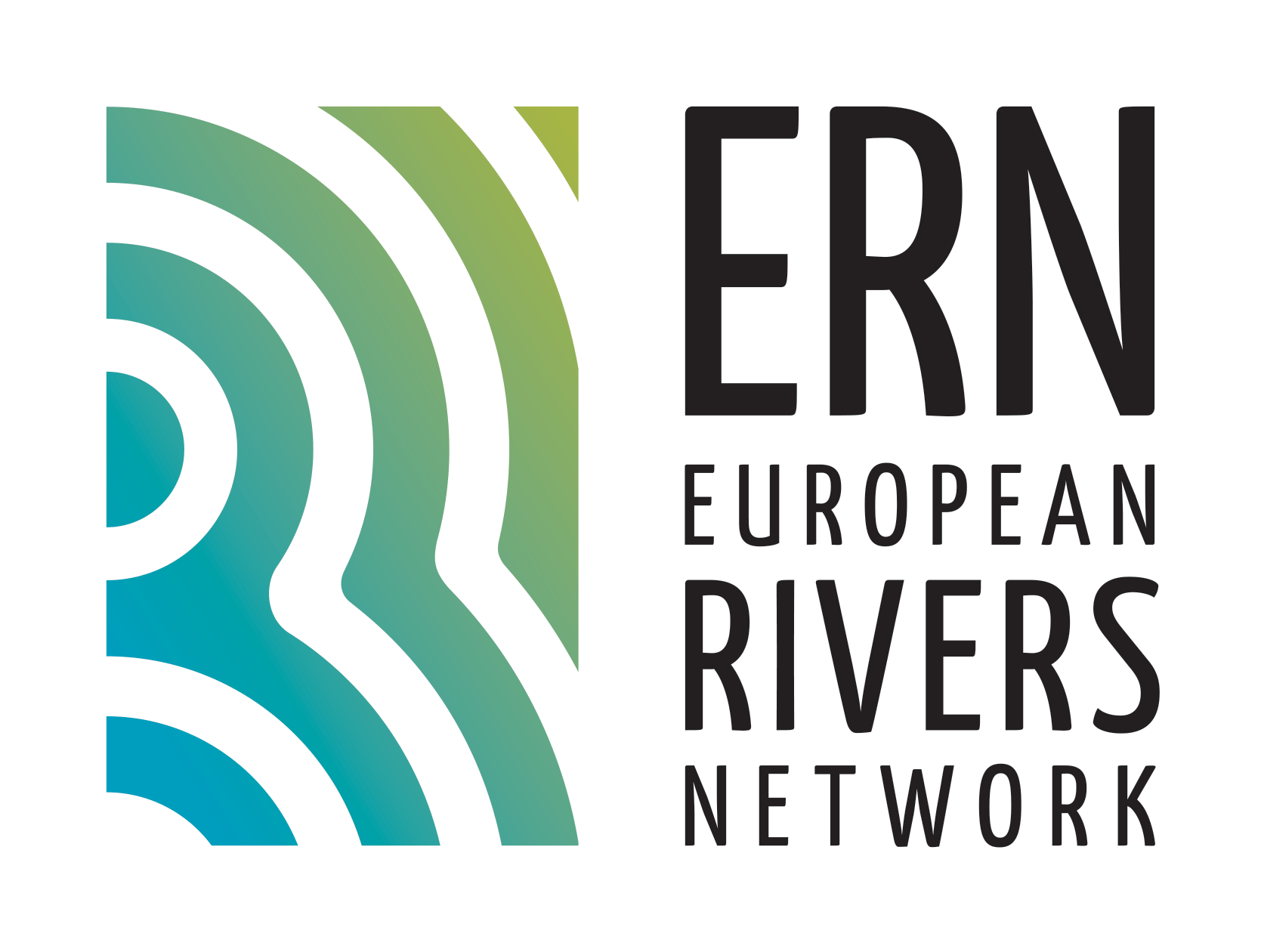
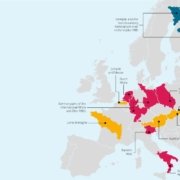
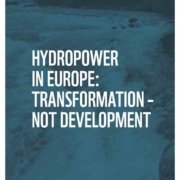

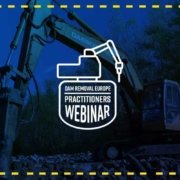
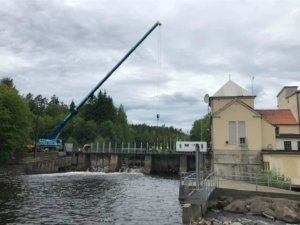 Hydropower dam: Marieberg , Sweden
Hydropower dam: Marieberg , Sweden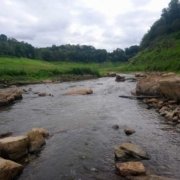
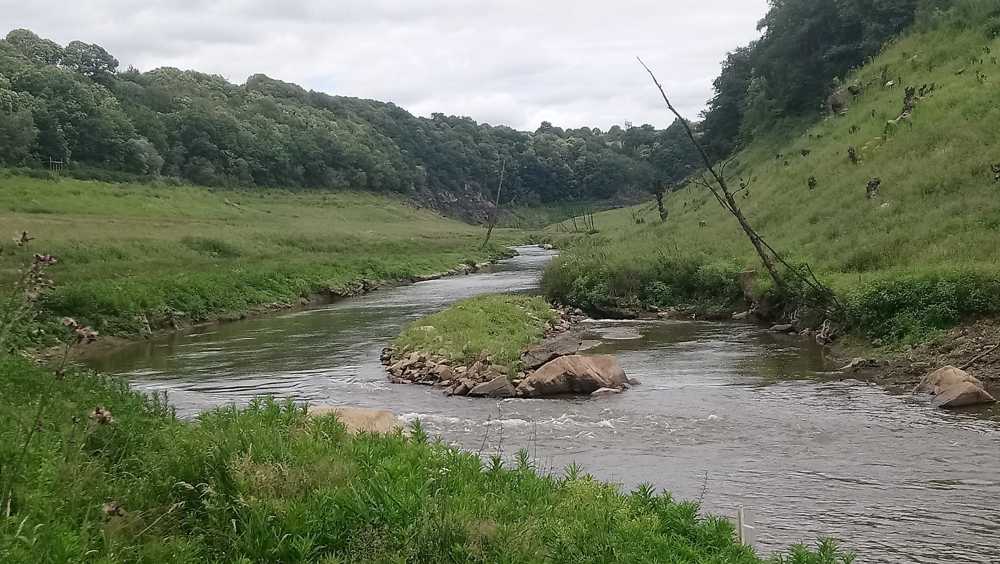
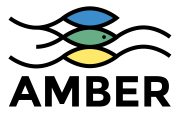
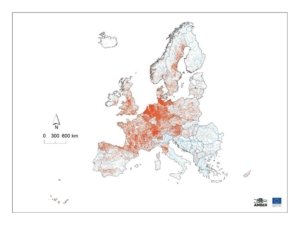
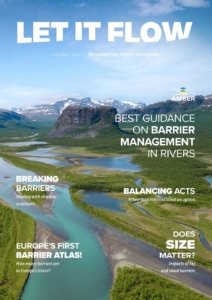

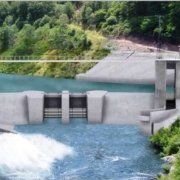
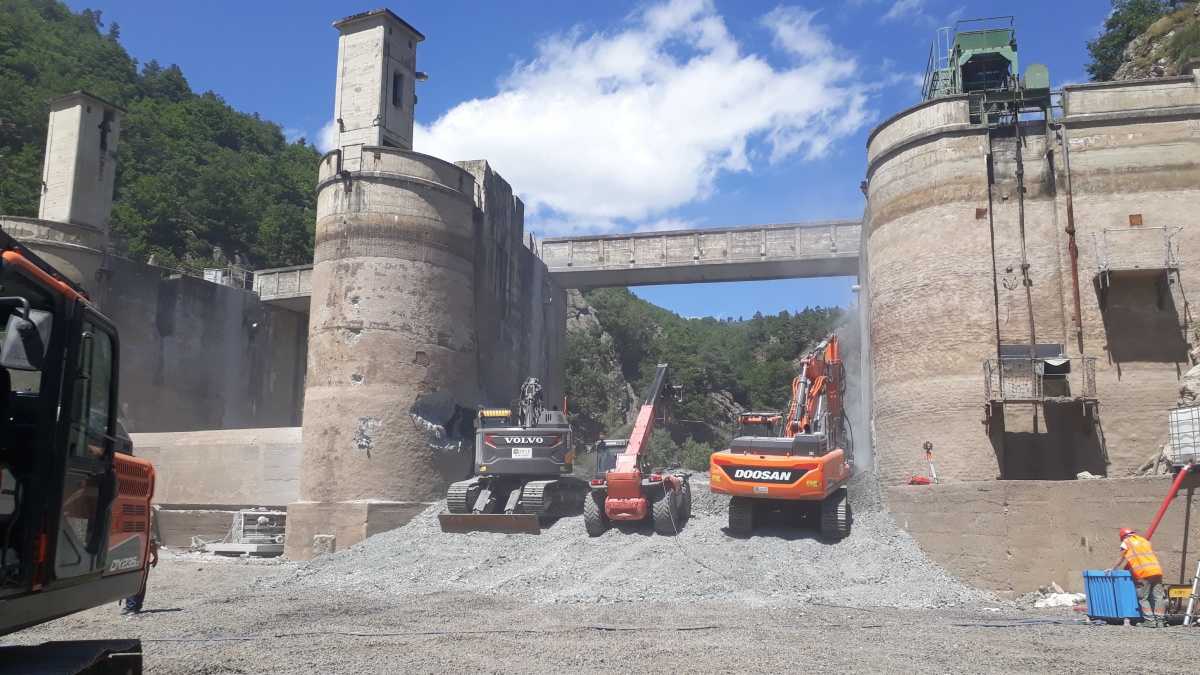
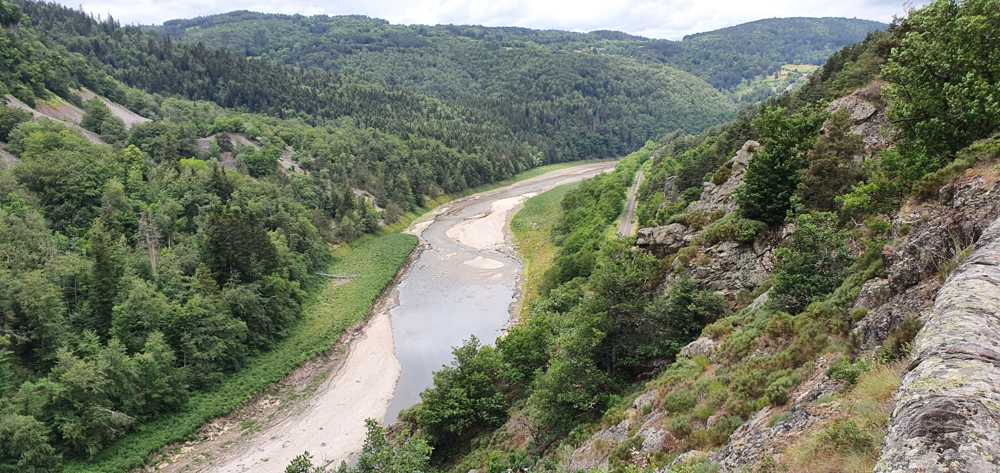
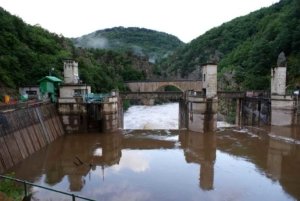
 ERN France
ERN France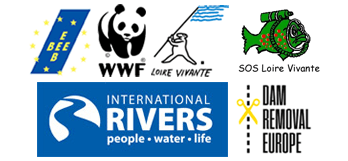 ERN is the official WWF Freshwater Partner in France and cooperates with WWF Switzerland, Austria, Netherlands and others
ERN is the official WWF Freshwater Partner in France and cooperates with WWF Switzerland, Austria, Netherlands and others